Final Presentation Board
For the previous week, we did revised mock up and 3D model of how we envisioned our installation, to form an imagery of the NTU map with the hanging/suspended objects (which represents the students of the school).
However, we realised that it may not be as easy as we thought for the audience to see the same imagery we want them to (and some might not even know that that imagery is the shape of the NTU map).
We also received the feedback that the string in different lengths may end up tangling with one another, so we tried to have the string shorter in length and have the hanging objects be the one with the varying lengths. Because we do not really know the exact heights of the buildings in NTU, the lengths are determined by the levels of each buildings. For example, the halls in NTU at least have 4 levels, and we gave an approximate of 200mm for each level, thus the height of the object would be around 800mm.
We also tried variation of shapes for the hanging object. We tried them in squarish/rectangular blocks — with variation sizes and length, and quantity; and realised that it looks too jarring.
Besides this, we were thinking if cylindrical rods would be less jarring and so we tried it in render.
Version A: We tried to fill up the map as to how it is in the image. Colours representing the different sections of the buildings around the school.
Version B: We were thinking if filling the entire map would be too cluttered, so we tried to give some space in between the sections. Colours representing the different sections of the buildings around the school.
Here is a recap of what how we would like to proceed on our idea:
We wanted to see how the arrangements would look like virtually thus our renderings below. We wanted to see the scale of the installation therefore we input human models (man: 1720mm, woman: 1660mm).
#1a



#1b
With the same orientation, how about alternating the layers?

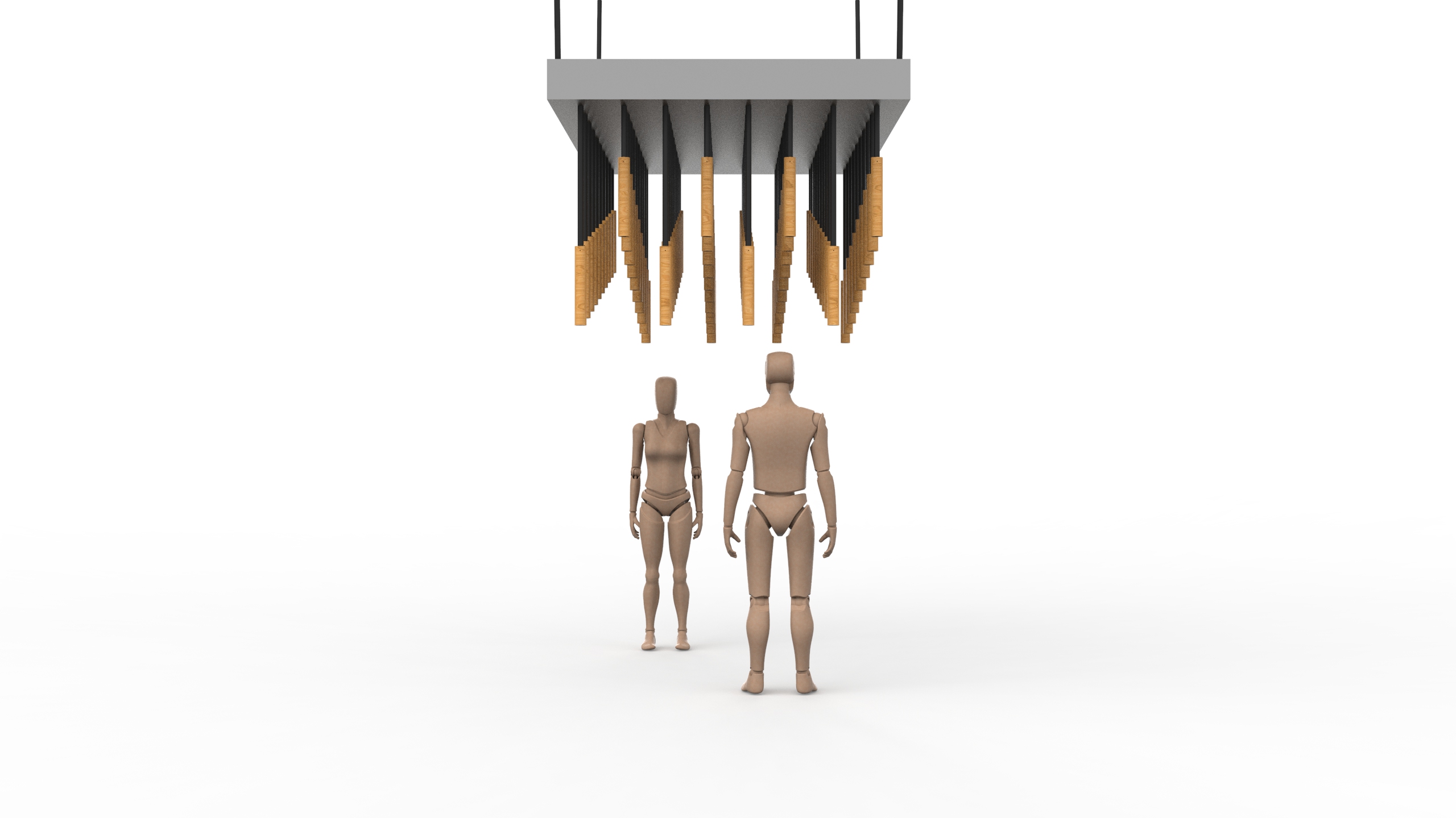

#2




#3




#4a




#5




#6








From the renderings #1 to 3, the arrangements are not as dense as the #4 to 7. This is because we were visualizing how different densities affect the installation.
Next in-progress update:
Week 8
While we were brainstorming of methods to create sound from the previous weeks’ concepts, we had pendulums and wind chimes as an instrument.
However, we decided to look deeper into pendulums and wind chimes because we wanted the user to have the experience of touching and seeing of the entire installation.
So we laid out our ideas as such below:
Idea #1
For the first concept we intend to use pendulums suspended from the ceiling. The pendulums are of different length to represent the different individuals (students).
The layering of the pendulum could form an imagery from a certain angle to look like half of the ntu map and the other half would be reflected onto the mirror. (as illustrated below)
The students would swing the pendulums which would cause a chain reaction of the balls moving — creating the randomised movement we envisioned. By allowing the student to be in-charge of the movement of the balls it signifies how the students create their own real life relationships and daily occurrence with other students. The height of the installation would be around the head level of an average Singaporean.
From the illustration above, we thought that we could place the installation under sheltered walkways within NTU (like the first render above) or install it by the wall. But we agreed that a stand-alone installation at a certain location would be better as the users could gather around the installation for a better experience.
At this point, we are looking at placing it at an open space in front of One Stop SAC and Ultra Supplies @ North Spine (nearby the Media Wall).
Below are the mock-ups’ documentation:
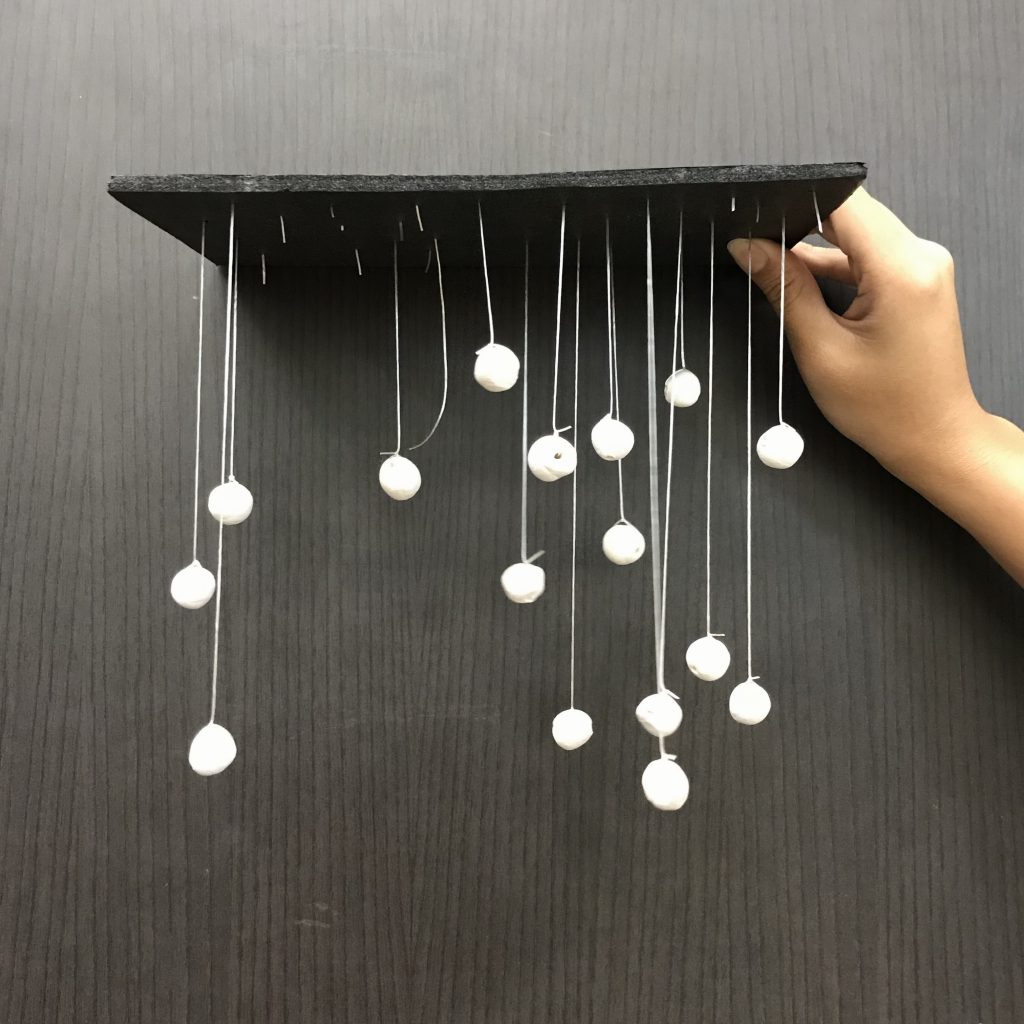
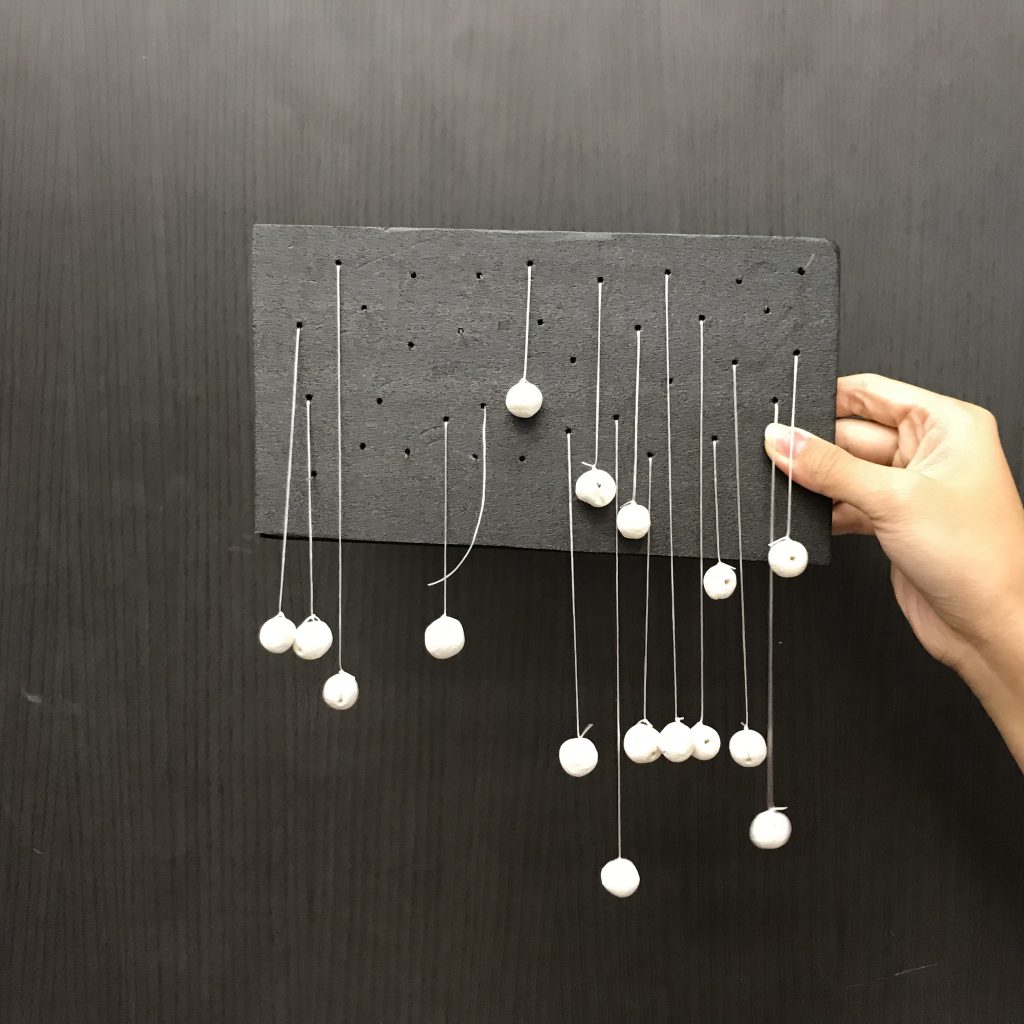
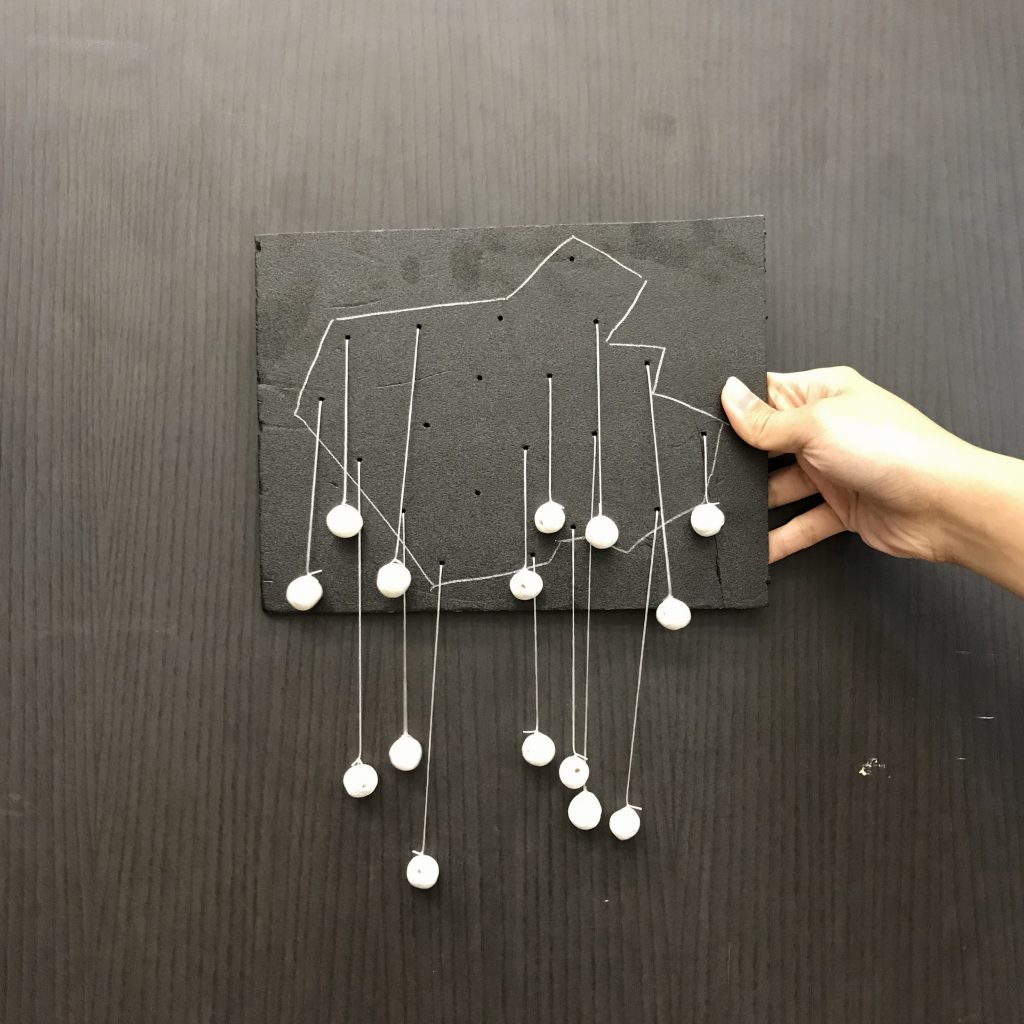
Idea #2
For the second concept the installation would be placed on the ground. It would be a walk through experience for the students.
The installation space would have block like shapes with springs scattered across the whole area. The blocks with spring in them works like how the barriers at carparks function. (Or more referred to the roly poly toy, where it will spring back and forth)
Source: http://www.smoby.com/en/products/preschool/cotoons/early-learning/cotoons-roly-poly-wabappunky-asst-211311/
The blocks with spring represent students which will be scattered across the whole installation area. With the real life students walking through, the installation would trigger the movement of the ‘students’ creating the randomised pattern we intended to achieve. The ‘students’ are placed near enough to each other to allow the creation of this reaction.
–> But after considering, we have decided to go ahead with Idea #1.
We decided to come up with certain pointers that we would like our installation to have (or try to have..):
So our next step is to work on the CAD version to see the installation as a whole as well as working on the mock up.
From the in-class presentation last week, these are takeaways for us to work further and improve:
With regards to #4, we were thinking of using solar panel to power the entire project.Input: Button of the different name of areas of the school
Output: Circuit is closed with the user’s touch –> magnets activated and repel the metal balls to move in all direction towards the chosen building that was selected.
5. What are the ways to attract to get the students to come and interact with the project? Look into how museum curators place the projects etc.
From the previous week, we have received numerous feedback to further refine our concept.
Firstly, we have decided to focus on the concept of students being the seeds of NTU.
From the feedback of the architectural model in NTU admin building, we thought of including lights to the buildings. The light will lit up indicating the different school/building, and revealing its location within NTU.
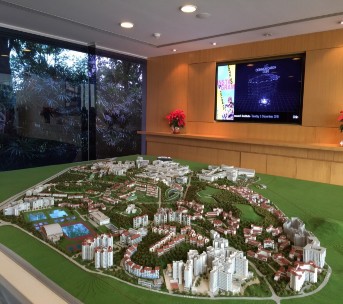
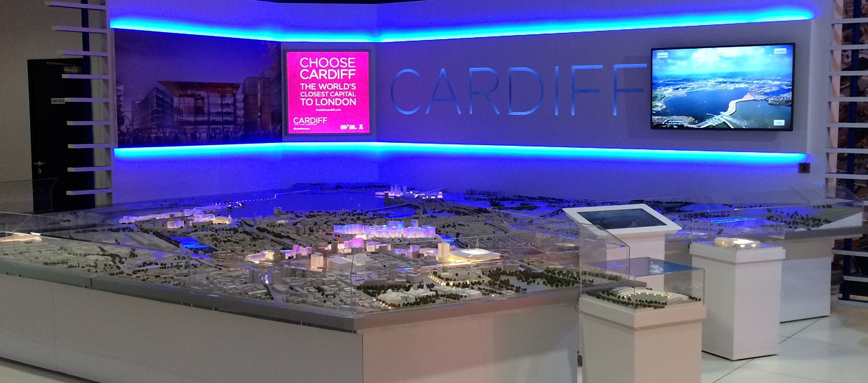
Next, we looked at the different ways of interactivity, as well as it being informative as a whole installation. Taking into consideration that the game installation should be idiot-proof and break-proof.



Basically, the idea: An interactive map that uses magnet repulsion resulting in the seeds moving as a cluster around the map.
What we’re planning to work on further: to have a test piece of the concept that we have refined, to see the proof of concept.
After Week 2, we re-looked at the concept and thought we would want to have a concept that worked around a recreation space in NTU.
We had 2 ideas at this point:
This idea we were looking at was a health and fitness area + recreational space. We had the thought of a glow-in-the-dark during night time.
2. A gathering point, inspired by petai beans to bring together students/staffs.

After receiving feedbacks, we realised that we were missing out the story behind the concept.
First word: Rain

Second word: Angry Wind

Narrative: Pinocchio flying out of a whale’s spout
(if I remember correctly, that was the narrative that was given….)

From the reading of Georges Perec’s “Day to Day Data”, we came up with a concept of how we see NTU; our experience being in NTU etc.
Concept:
We use the shape of NTU as the boundary of our piece. NTU is known as an isolated space, an island, on its own. Our goal is to emphasize on this idea of NTU being a close community seen in the good light.
Students are represented as the seeds — as the seeds of the school. In a school, students are meant to study and grow, like how seeds germinate and grow. We see NTU as the environment for students to grow and flourish.
At first, the seeds are positioned at different areas of NTU, representing students coming from the different types of schools in NTU. Our idea of making the entire piece rotate is to show that the seeds eventually mix around with the others = students from other areas of NTU does not only bond among themselves but through the years, friendship is being formed throughout the school.
A short video to show our concept is here: